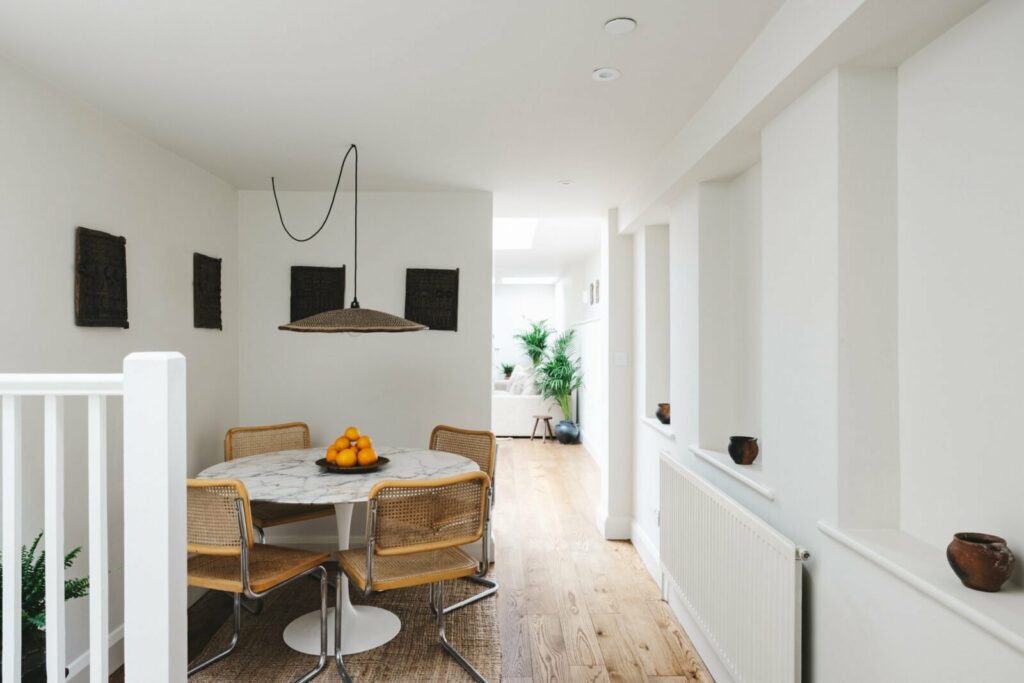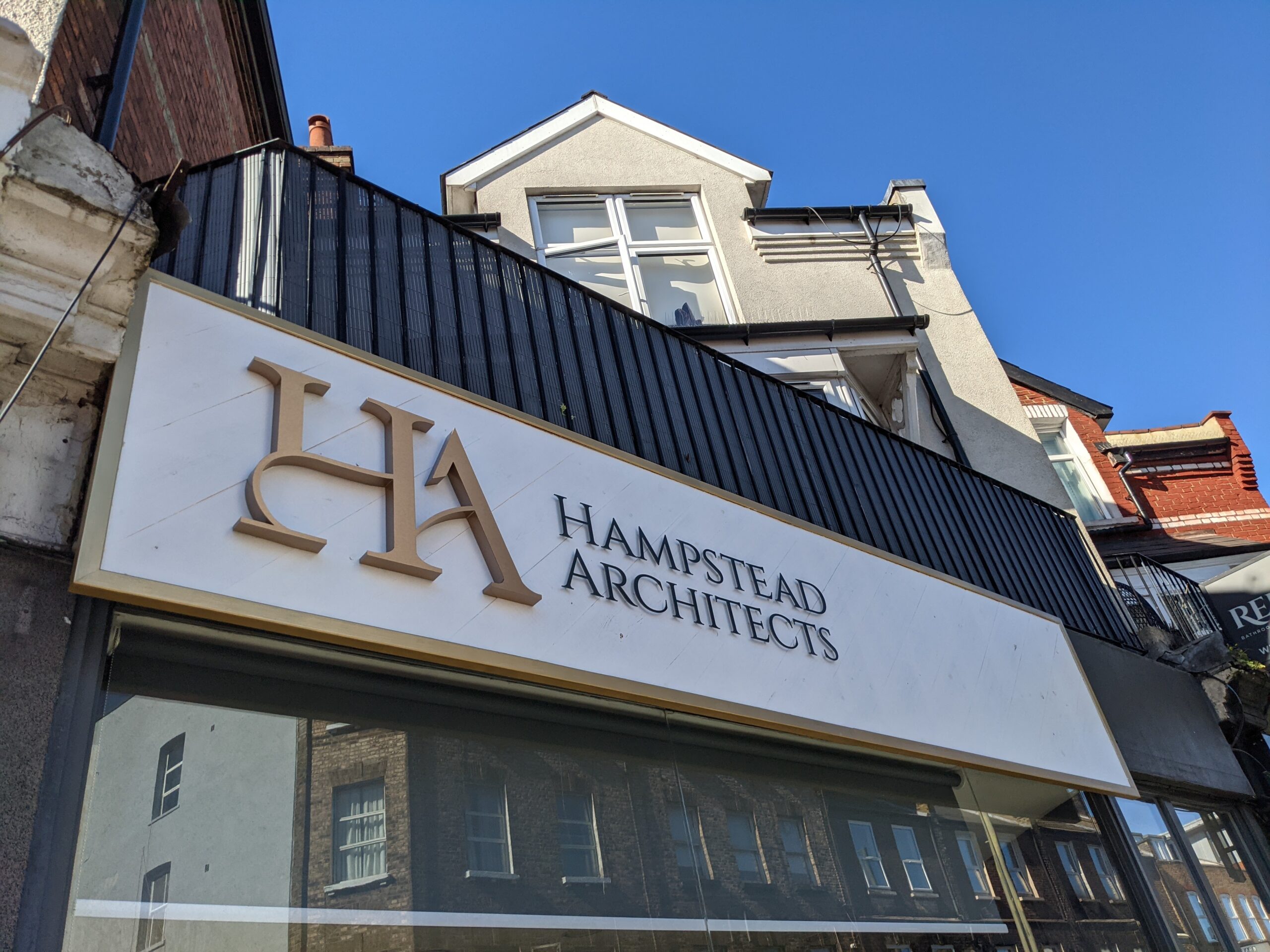What Is a Listed Building?
There are several lists of historic buildings in the UK, which outline so-called “listed buildings” and regulate what can and can’t be done on related properties. If you are planning to undertake any construction project close to a historic site, understanding the implications of listed buildings is important if you want to avoid legal issues.

What are the implications of a listed building?
A listed building cannot be modified in any way. These are the iconic architecture of London that has to be preserved. This includes extensions, modifications, or the complete destruction of the building. Permissions for such work on its architecture may be granted on an individual basis, but this is usually a long and difficult task that involves jumping over many legal hurdles.
If you’re dealing with a listed building, this means that alterations to it are out of the question for the most part. You can still try talking to your local planning authority in case you believe you might have a real issue to bring up, but be prepared to be turned down in pretty much every case.
If you buy a property with a listed building, this can impose a variety of additional requirements on you. Some people are not prepared for the extra challenge in maintaining a listed building. As the owner of one, you will be required to maintain the building in a state as close to the original as possible.

Failing to do so might incur severe penalties, including criminal charges in more extreme cases. Always consult a lawyer with experience in the area to ensure that you’re not about to violate any regulations.
Planning